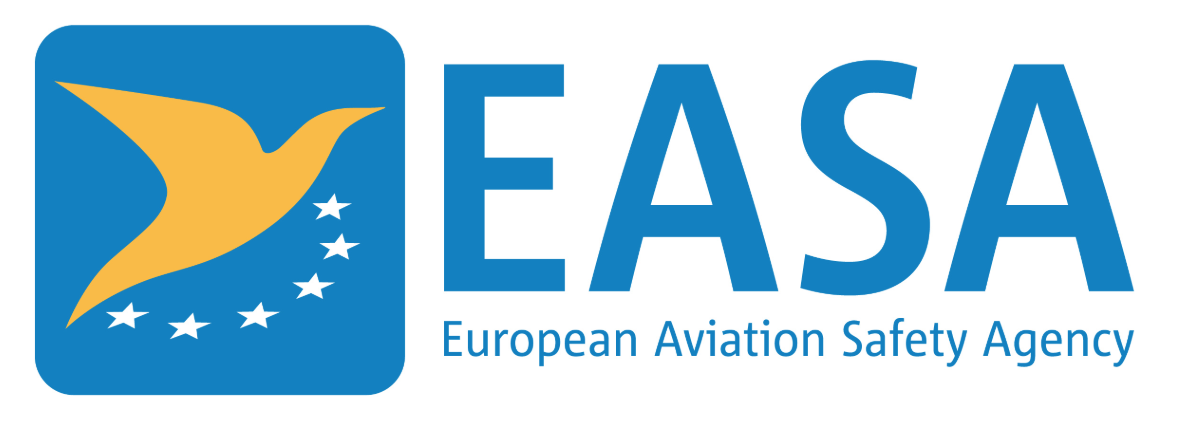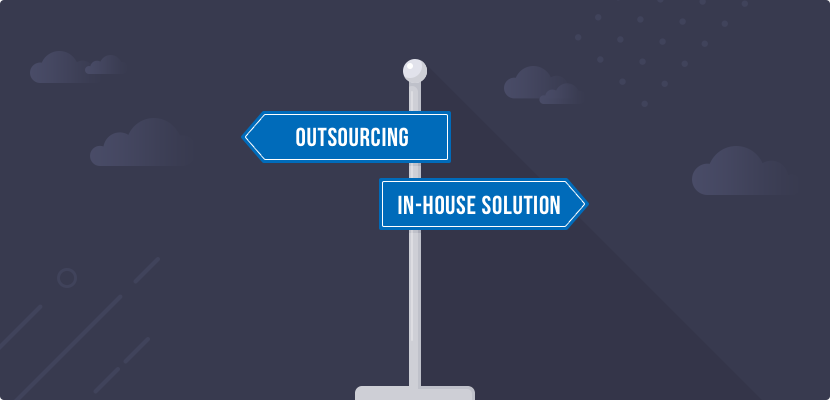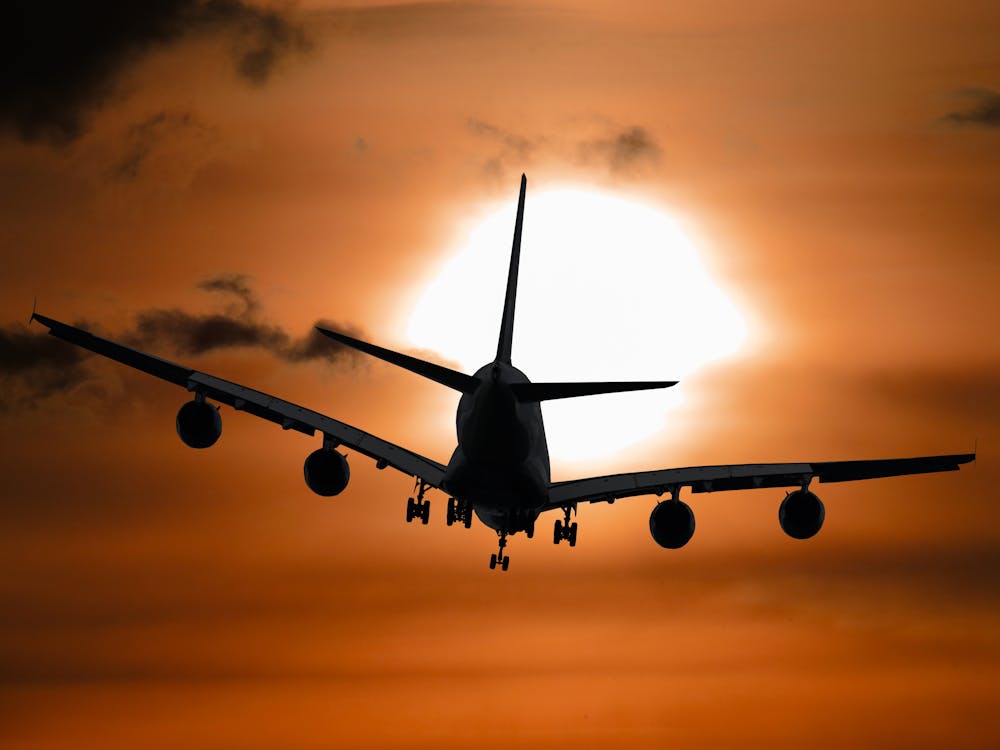A Continuing Airworthiness Management Organisation (CAMO) is an independent organisation, or a branch within an airline, that is responsible for all continuing airworthiness activities. Often, there is not much talk surrounding this sector of the aviation industry. Yet, CAMOs play an extremely vital role in aircraft maintenance. Here are five things everyone should know about CAMOs:

- A CAMO Does Much More Than Keep Record of Documentation
The roles of a CAMO include the development and compliance of the maintenance program, reliability program, Airworthiness Directive compliance, Service Bulletin evaluation and embodiment, test flights, coordinating defect rectification and the safekeeping of accurate aircraft records.
In the CAMO and Part 145 maintenance organisation dynamic, decision-making is done by the CAMO while the maintenance organisation awaits instructions, and vice versa.
Without a good CAMO to carry out maintenance planning and reliability programs, airlines could lose a lot of money – up to millions – because of poor planning and poor record keeping and monitoring. This is why CAMOs are crucial. Plus, without being certified airworthy, an aircraft is not allowed to be operated!
- Having a CAMO is Mandatory

For operators in countries that adhere to EASA regulations, it is a requirement to have a Continuing Airworthiness Management Organisation (CAMO) in place. For reference, CAMO is a part of EASA’s Implementing Rules EU 1321/2014, Continuing Airworthiness.
- CAMOs Must Meet Three General Requirements

To be approved, every CAMO must meet three basic requirements, among others. These requirements are a Continuing Airworthiness Management Exposition (CAME), facilities (including staffing, offices and document storage), and company procedures that comply with EASA Part M requirements.
- CAMO Functions Can Be Outsourced

In today’s aviation industry, services are increasingly being outsourced. From catering to maintenance to cabin crew, many airlines are working towards leaner operations by subcontracting previously in-house roles. Similarly, an operator can subcontract CAMO functions to an independent CAMO, which acts as how an internal CAMO would.
Find out why more airlines are turning to third-party providers to handle their CAMO needs: https://blog.dviation.com/2018/07/10/subcontracting-camo-its-advantages-for-operators/
- Third-Parties are Not Accountable for Continuing Airworthiness

As mentioned above, CAMO functions can be outsourced to a third-party provider. While commercial airlines can choose to subcontract the activities of a CAMO to an external provider, the responsibility of airworthiness remains with the CAMO. Essentially, the CAMO is the custodian for airworthiness of the aircraft.
Dviation is set to provide CAMO services as an independent organization – one of the first few in Malaysia to do so! The services will be available to airlines, as well as private aircraft operators, aerial survey operators and flight training schools. Visit www.dviation.com or email [email protected] for more info.

